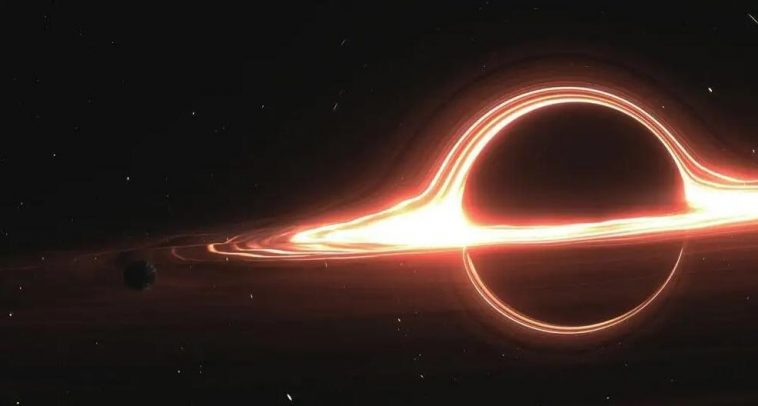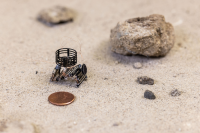The latest research has been published on the paper preprint site arXiv and submitted to the Proceedings of the Australian Astronomical Society.
This black hole consumes the energy equivalent of one Earth per second, and its brightness is 7,000 times the brightness of all the light in the Milky Way combined, which makes it easier for scientists to observe it with telescopes. Lead researcher Dr Christopher Onken and colleagues describe it as “fishing an unexpected needle in the sea”.
“Astronomers have been looking for objects like this for over 50 years,” Onken said. “Thousands of fainter objects have been discovered, but this amazingly bright object has slipped away unknowingly.”
The mass of this black hole is 3 billion times the mass of the sun, and other black holes of similar size stopped growing so rapidly billions of years ago. “Now we want to know why this black hole is different, and if something catastrophic happened? Maybe two large galaxies collided and injected a lot of material into the black hole to feed it,” Onken said.
Associate Professor Christian Wolf, co-author of the paper, said: “This black hole is so unique that we may not find another such black hole. This black hole is 500 times larger than the supermassive black hole at the center of the Milky Way.”
The black hole was observed by the Australian National University’s SkyMapper telescope. The ‘Starmapper’ telescope is dedicated to finding the oldest stars and galaxies and has already reaped a lot




GIPHY App Key not set. Please check settings